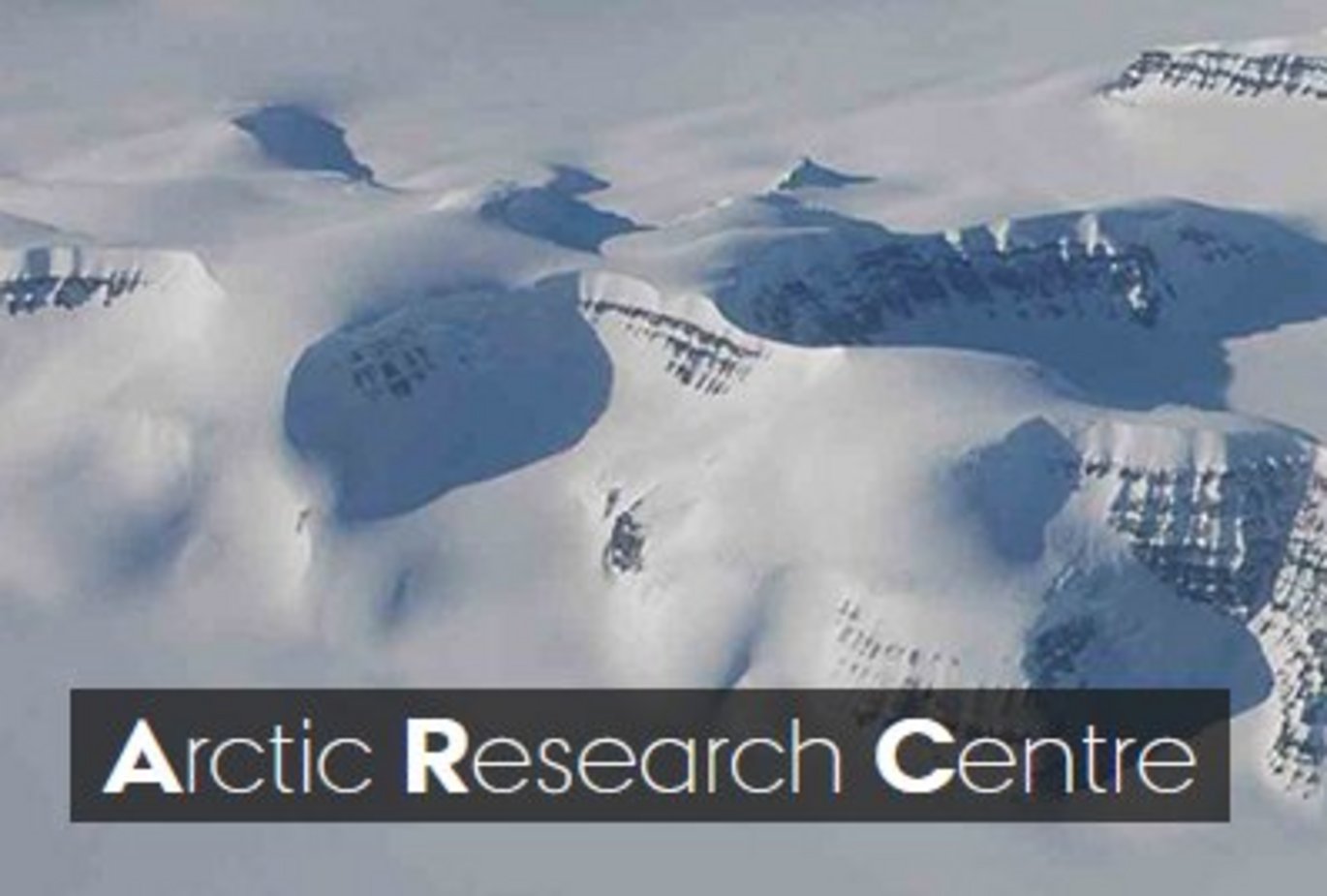The role of Greenland's marine forests in supporting carbon sequestration in marine sediments
New publication by Sarah Bachmann Ørberg

Abstract:
In the Arctic, macroalgae (seaweed) forests and seagrass meadows are expanding due to warming and reduced sea ice cover and, as a result Arctic blue carbon (C) sinks may increase. This thesis used a bottom-up approach to evaluate Greenland’s marine forests in supporting C sequestration and the potential for a growing Arctic blue C sink, presenting a case study for the Arctic. First, barcoding tools for tracing C from marine forests in marine sediments using environmental DNA (eDNA) were developed and tested. Then, a large-scale set of marine surficial sediment samples from off the coast of Greenland and Svalbard were analyzed using eDNA and stable isotopes, to quantify and evaluate the presence-absence of C derived from marine forests along spatial gradients. Finally, sediment cores from off the west coast of Greenland were used as historical archives to document C sequestration from macroalgae and evaluate potential changes related to changes in climate over the past ca. 2600 years. Conclusively, macroalgae are prevalent C contributors to marine sediments along the coast of Greenland and Svalbard, while the contribution from seagrasses is confined mostly to the meadows. Further, macroalgae contribute to C sequestration in Greenland’s marine sediments thousands of years back in time, but we found no definitive evidence for a growing Arctic blue C sink. Lastly, eDNA-based methods add greatly to the C tracing toolbox for marine forests, but quantification of C sources needs further development and testing.
